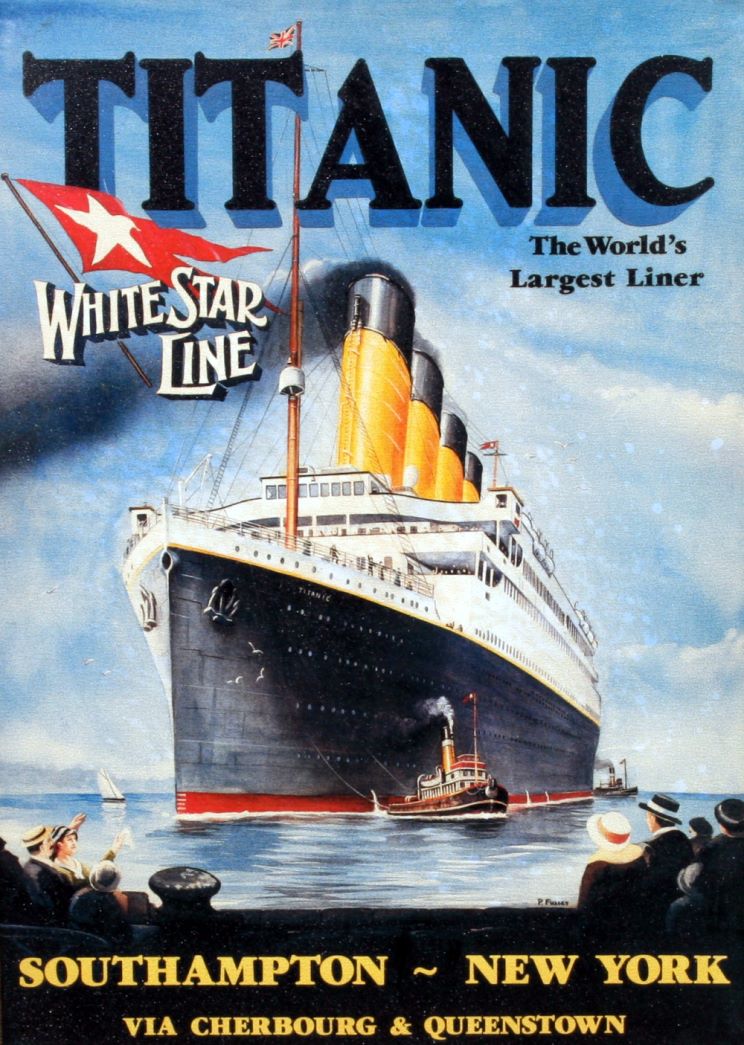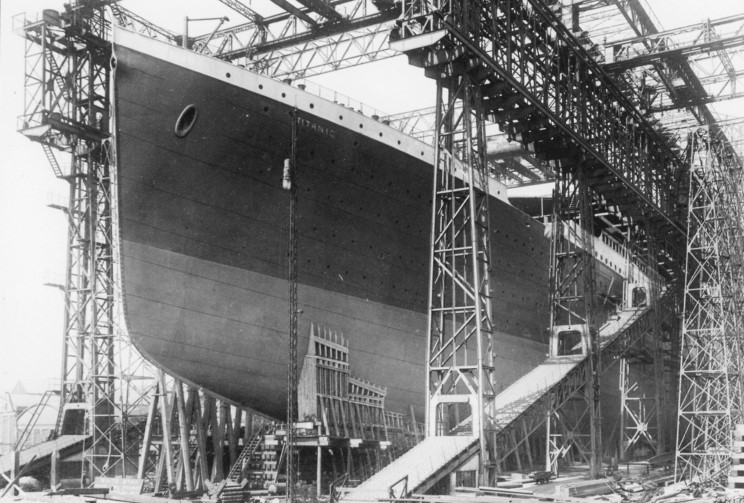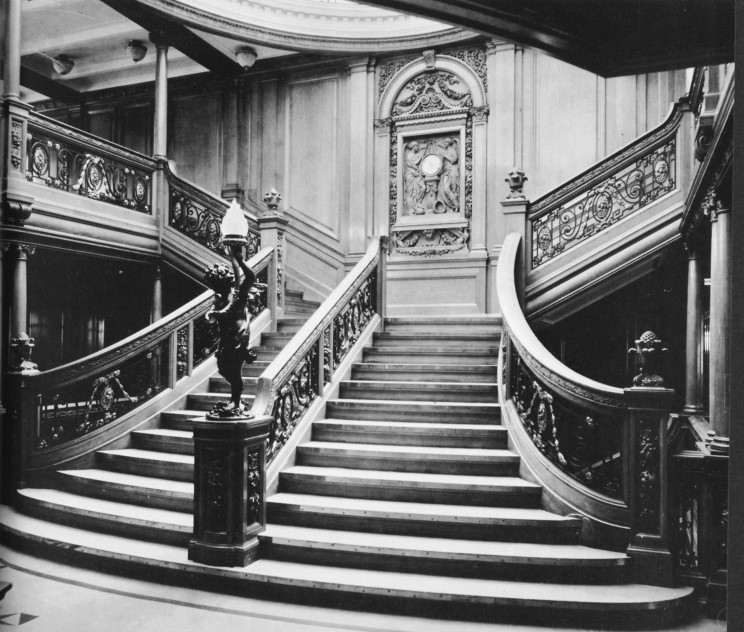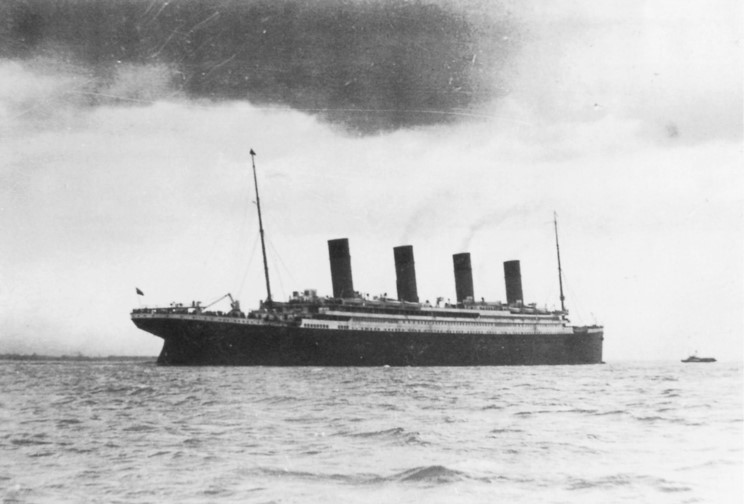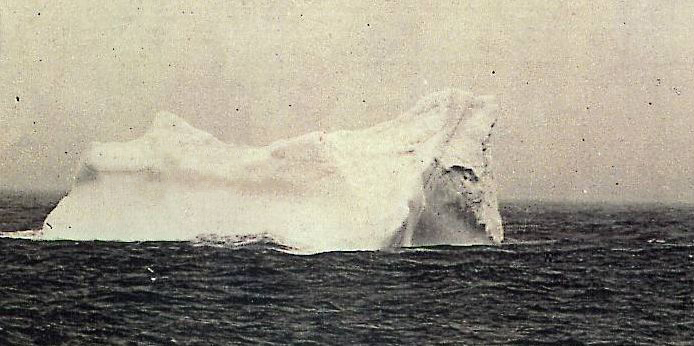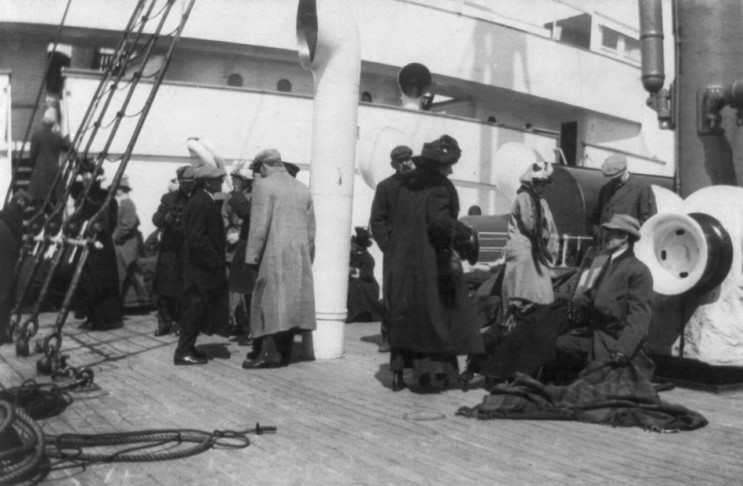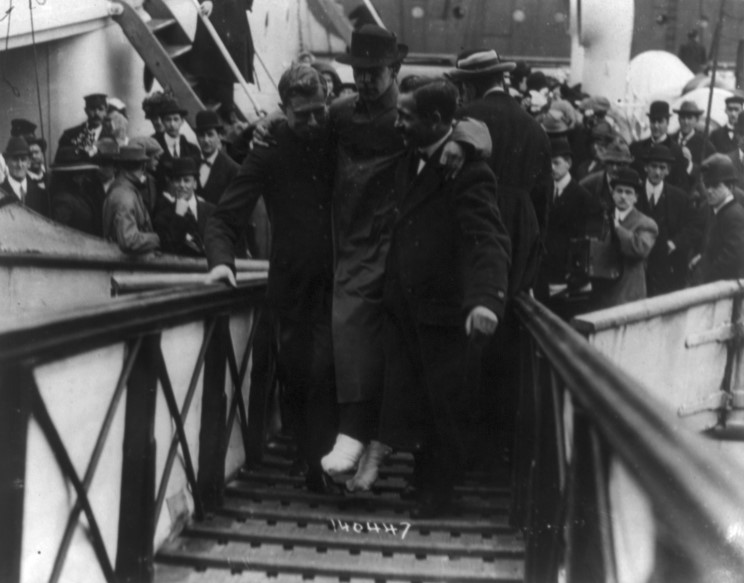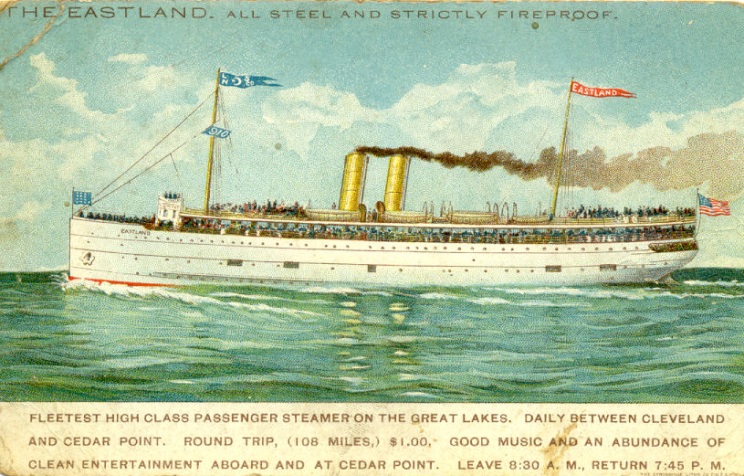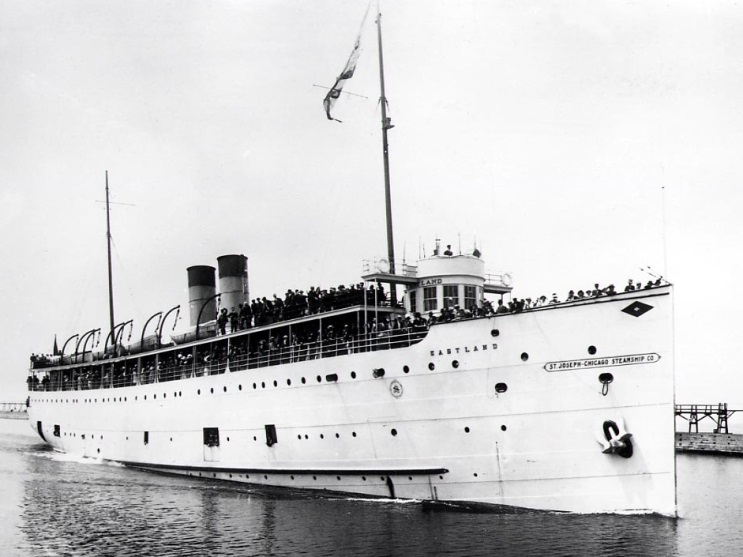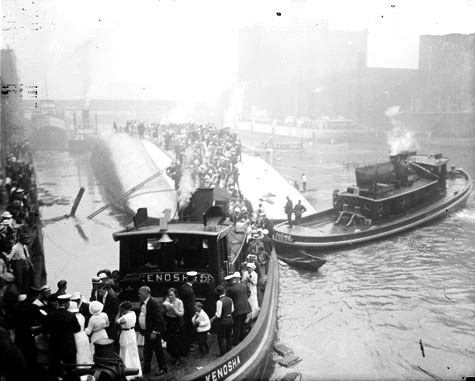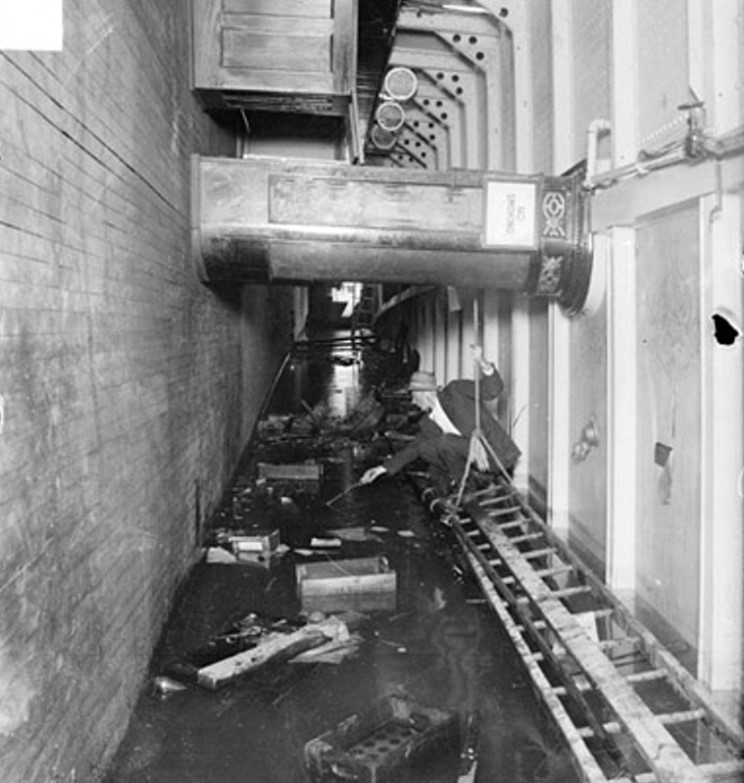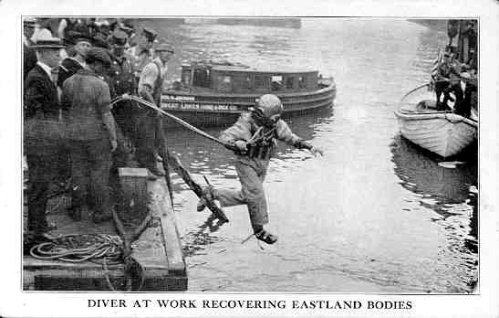Many of last week’s news articles were focused on the surprising and lamentable Costa Concordia shipwreck. As such, this issue of HERE WE GO AGAIN looks at five tragic shipwrecks over the last hundred years, illustrated with contemporary archive material.
RMS Titanic (15th April 1912)
Possibly the most famous shipwreck of all time, the RMS Titanic sank in the North Atlantic Ocean on 15th April 1912, after colliding with an iceberg.
The Titanic was, when it sailed, the largest passenger steamship in the world. Designed also to be as luxurious as possible, it not only utilised the most advanced technology in its construction, but also had opulent interiors and features for passengers – such as a gymnasium, a lending library, and a swimming pool.
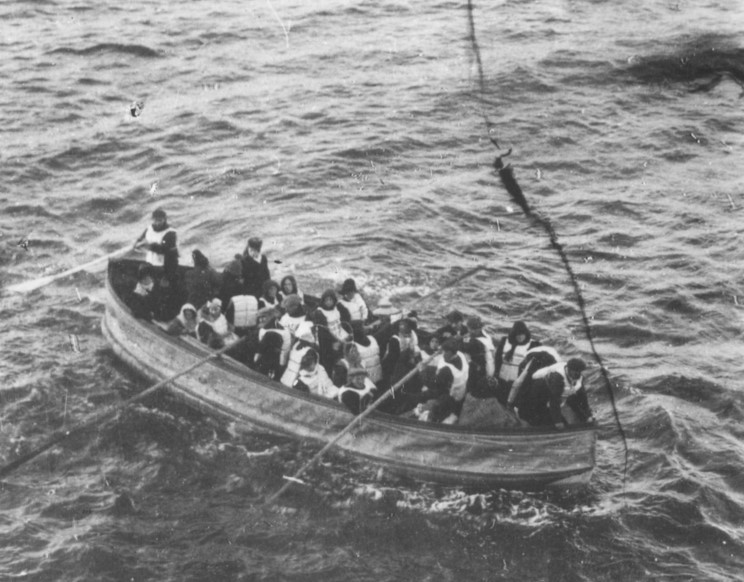
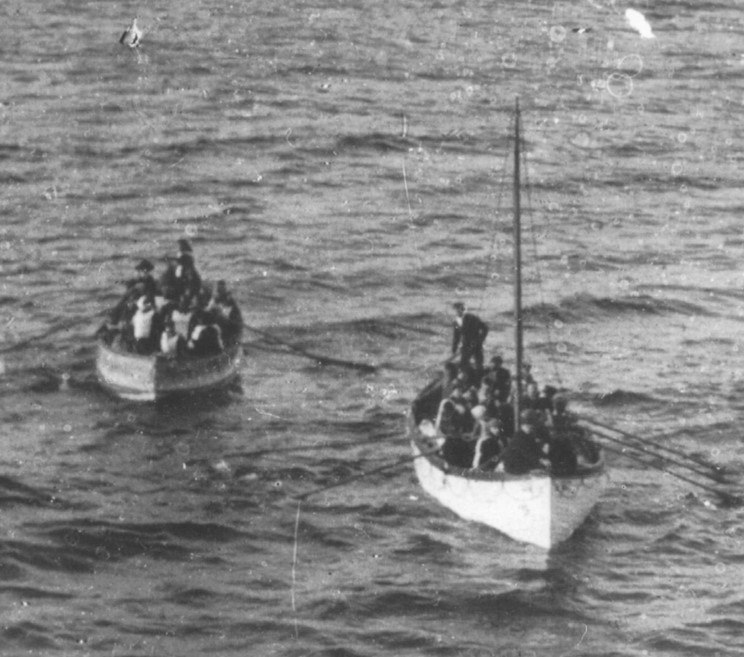
Due to outdated safety laws, however, there were not enough lifeboats on board to accommodate all of the passengers. Although the Titanic had the capacity for 68 lifeboats, the owners (the White Star Line) had allegedly wanted a wider promenade with unobstructed views and, as such, there were only 20 lifeboats. At full capacity these were capable of holding only 1178 passengers – less than half of the number on board.In the ensuing confusion and rising panic, women and children were made to board the lifeboats first, with some leaving the ship only a third full. For various reasons, most of those who would survive were from first and second class – few passengers from third class made it up onto the deck at all.By 2:00am, all but two of the lifeboats had been launched. Despite the efforts of the crewmen below decks, Titanic was now largely flooded, and fifteen minutes later the stern rose into the air as a result of the water in the bow. The stress on the ship’s structure caused it to snap in half, whereupon the two halves quickly sank.
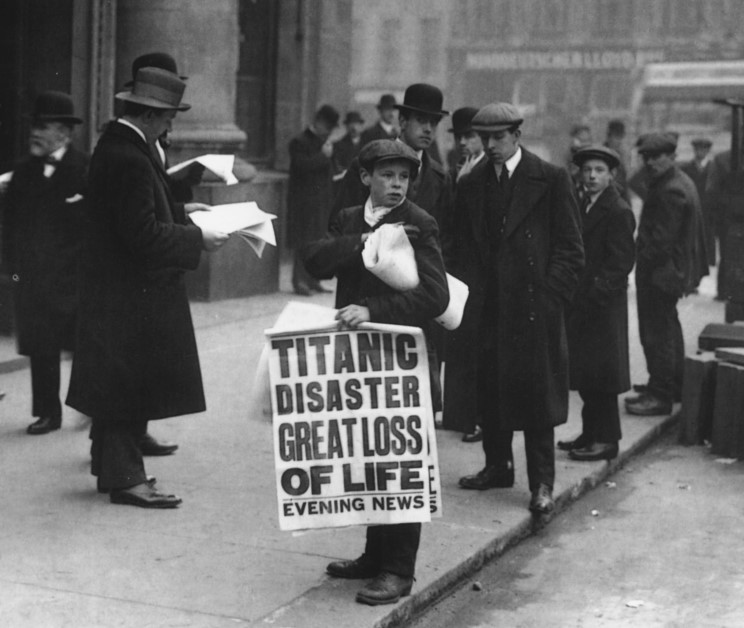





S.S. Eastland (24th July 1915)
The SS Eastland was a passenger ship based in Chicago, USA.
Shortly after construction in 1903, it became apparent that the ship had design flaws that made it effectively top-heavy, and made it susceptible to listing. This was a particular issue if too many people stood on the upper decks. There was an incident within three months of its launch that illustrated this, when overcrowding caused it to list, and water to run up one of its gangplanks, though it was quickly rectified.
On 24 July 1915, the Eastland and two other Great Lakes passenger steamers were due to take employees from Western Electric Company’s Hawthorne Works in Cicero to a picnic in Michigan City. Passengers began boarding at 6:30am, and 40 minutes later ship was at full capacity, with 2572 passengers on board.
Earlier that year, in March, the Seaman’s Act had been passed. One of the results, influenced by the sinking of the Titanic, was that the Eastland had to be retrofitted with a full compliment of lifeboats. This, it is thought, served to make the ship even more top-heavy and unstable.
With many passengers standing on the open top decks, the boat began to list to the port side, away from the wharf. The crew took measures to try and stabilise the ship, but when more passengers moved over to the port side of the boat around 7:30am it suddenly tipped, slowly rolling onto its side and coming to rest against the riverbed twenty feet below.
Those who had already moved below decks were immediately trapped by the water and movement, with many crushed by heavy furniture as it fell across the rooms. Being so close to the wharf, people around the Eastland immediately came to its assistance, including the Kenosha, which moved alongside to allow passengers to walk from the Eastland to the wharf in safety. Despite this, 848 people died in the accident.
The shocking event led to arrests and an enquiry, but nobody was found guilty of any wrongdoing.
Further Information:http://www.maritimequest.com/liners/eastland/eastland_front_pages_page_1.htm
– Four pages of local newspaper headlines (some more legible than others), very interesting to compare across.http://www.maritimequest.com/liners/eastland/eastland.htm
– Pages of photographshttp://collectingseminar.wordpress.com/2008/09/07/postcards-of-historic-disaster/
– Collection of disaster postcards – Eastland near the bottom.http://www.eastlanddisaster.org/disaster.htm
http://www.damninteresting.com/the-fall-of-the-eastland/ – Damn Interesting’s article on the event, with handy links at the bottom.http://www3.gendisasters.com/illinois/10516/chicago-il-eastland-disasters-jul-1915
http://commons.wikimedia.org/w/index.php?title=Special%3ASearch&search=eastland+chicagoWikimedia commonshttp://www.eastlanddisaster.org/timea3a1.htm
MV Doña Paz (20th December 1987)
[youtube http://youtu.be/os5yWCUNXCs]
MV Estonia (28th September 1994)
MV Le Joola (26th September 2002)

[/fusion_builder_column][/fusion_builder_row][/fusion_builder_container]

